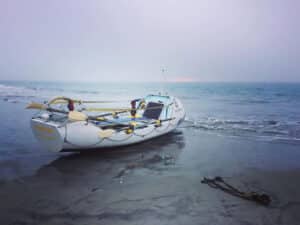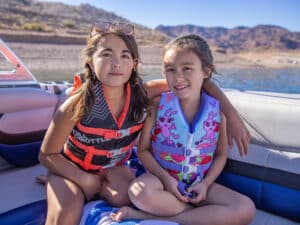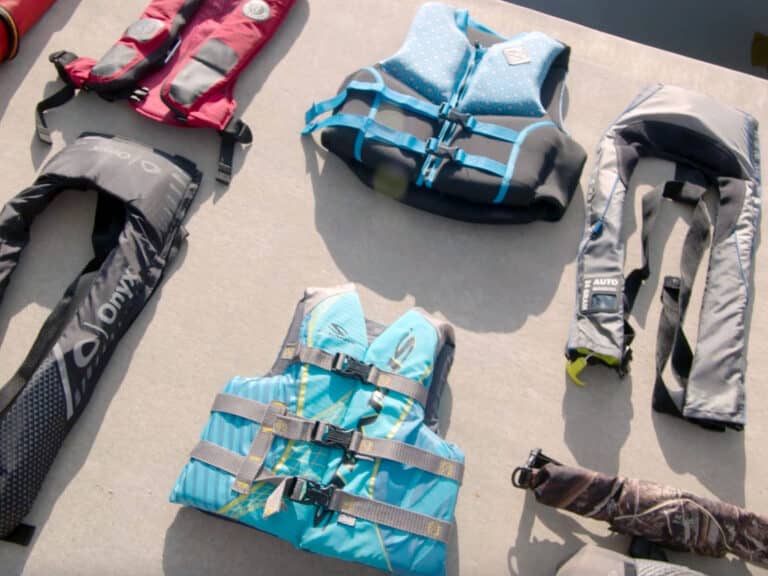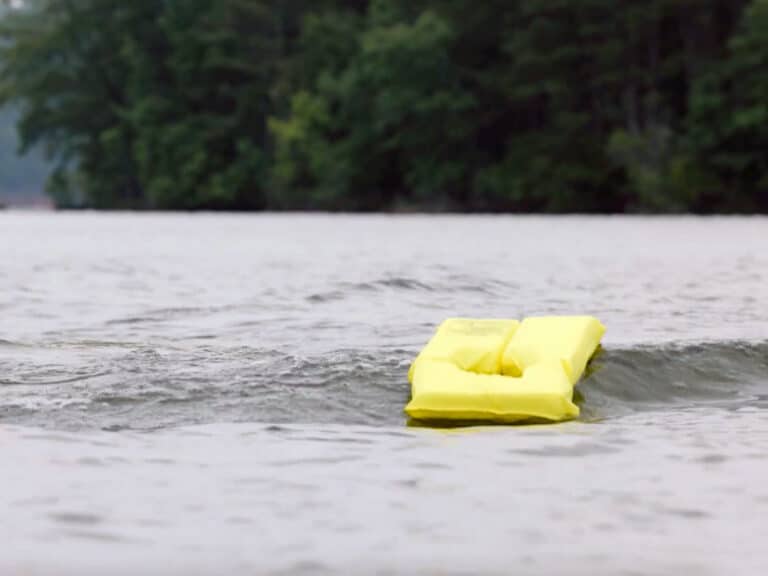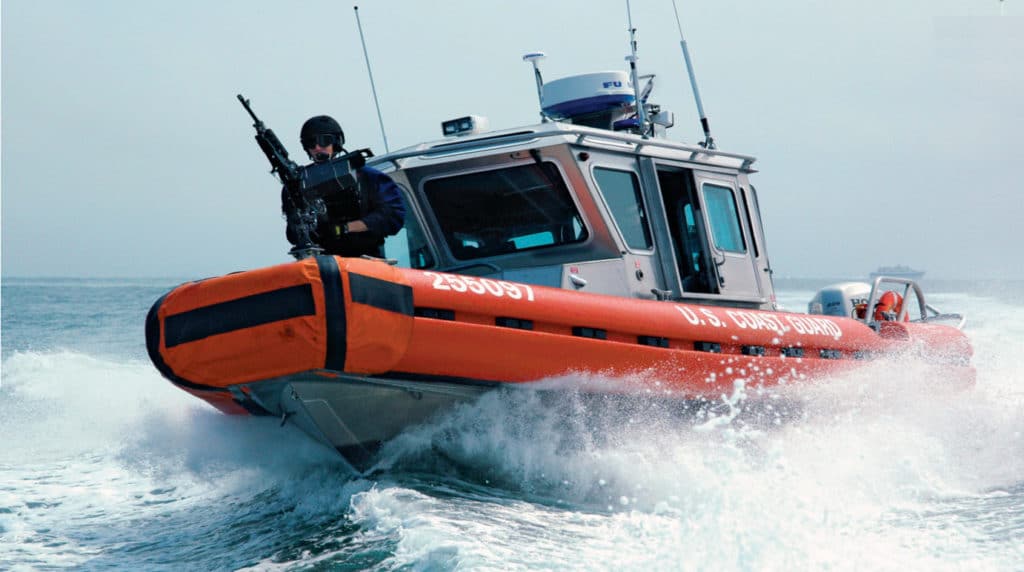
My husband, Mark, and I were approaching Baltimore at the completion of our first year of cruising when we noticed a small U.S. Coast Guard vessel speeding our way. As it rapidly pulled alongside our Coot, a 2002 Beneteau 42 Oceanis CC, a crewmember told us that we’d be boarded for a safety inspection. I knew our equipment was up to date and that we were operating in accordance with Coast Guard regulations, but all that aside, here was a boat crewed by 20-somethings with a machine gun mounted on its foredeck. The idea of the inspection was no problem, but seeing that machine gun scared me to death.
In the end, our boat’s inspection went fine. I was impressed and reassured by the professionalism and courtesy of the boarding crew. Still, the fear I’d felt lingered. So I set out to interview a boarding officer, hoping to combat anxious memories with knowledge.
We’d been boarded by officers from U.S. Coast Guard Station Curtis Bay, part of Sector Baltimore. At the station, I met Petty Officer 2nd Class David M. Carrier, who hails from Maryland’s Eastern Shore. We climbed aboard a gray and orange 25-foot Defender Class response boat of the type used for boardings. The aluminum body bristled with antennas and housed a rugged pilothouse containing all the latest and greatest navigation electronics.
A boarding usually sends two officers onto the other vessel. The rest of the crew remains on the response boat, which moves off to a safe distance. Once aboard, the boarding officers quickly assess the situation (number, size, and strength of people; weapons aboard), then proceed with the safety inspection while the other two officers aboard the Coast Guard vessel assure the overall security of the scene.
“Boardings typically fall into one of three categories,” says Carrier. “A response to a marine incident, such as a tanker grounding or a boating accident. A boat operating in an unsafe fashion. And preventive, in which we check for safety equipment and compliance with U.S. Coast Guard rules and regulations.” Our boarding fell into the preventive category. The boardings can be of any type of vessel, whether recreational, commercial (say, a passenger-carrying vessel or workboat), and yes, even dinghies and kayaks. The Coast Guard won’t hesitate to stop or board a sailboat that’s under full sail.
Boarding findings are recorded in detail on Boarding Report form CG-4100. Details include vessel-identification information, the owner’s name, the operator’s name, latitude and longitude, and whether the vessel is operating under inland rules or international jurisdiction. The meat of the form is a listing of violations and unsafe conditions for which the operator may be cited. Violations include issues with vessel identification, safety equipment, pollution prevention, navigation lights, F.C.C. radio licensing, and various unsafe operating conditions.
“The most common violations for recreational vessels are lack of adequate life jackets, non-functioning fire extinguishers, and expired flares,” says Carrier.
Penalties for violations can be a warning or a citation. Receiving a citation means going before a Coast Guard hearing officer. Citation repercussions can include fines and/or jail time. A warning remains on file but doesn’t include a fine.
Sitting in the response boat and learning about a boarding crew’s work from Petty Officer Carrier drove home for me how seriously these pros take their work. I know I’ll still get a hammering heart the next time I see a Coast Guard boat coming at me with a machine gun, but now I have the confidence to trust their maturity, training, and courtesy.
Carolyn Sienkiewicz is a freelance writer currently at work on a trilogy of maritime novels set on Chesapeake Bay.
Be Prepared
Follow the Boy Scout motto to be ready for any type of U.S. Coast Guard inspection. For information on all aspects of boating safety, check out the Coast Guard website. A list of equipment requirements can also be found at the Coast Guard Auxiliary website.
For a dry run of a typical inspection, request a courtesy vessel-safety check performed by a member of the U.S. Coast Guard Auxiliary or the U. S. Power Squadrons.
The U.S. Coast Guard is asking all boat owners and operators to help reduce fatalities, injuries, property damage, and associated healthcare costs related to recreational boating accidents by taking personal responsibility for their own safety and the safety of their passengers. Essential steps include: wearing a life jacket at all times and requiring passengers to do the same; never boating under the influence (BUI); successfully completing a boating safety course; and getting a Vessel Safety Check (VSC) annually from local U.S. Coast Guard Auxiliary, United States Power Squadrons(r), or your state boating agency’s Vessel Examiners. The U.S. Coast Guard reminds all boaters to “Boat Responsibly!” For more tips on boating safety, visit www.uscgboating.org.



